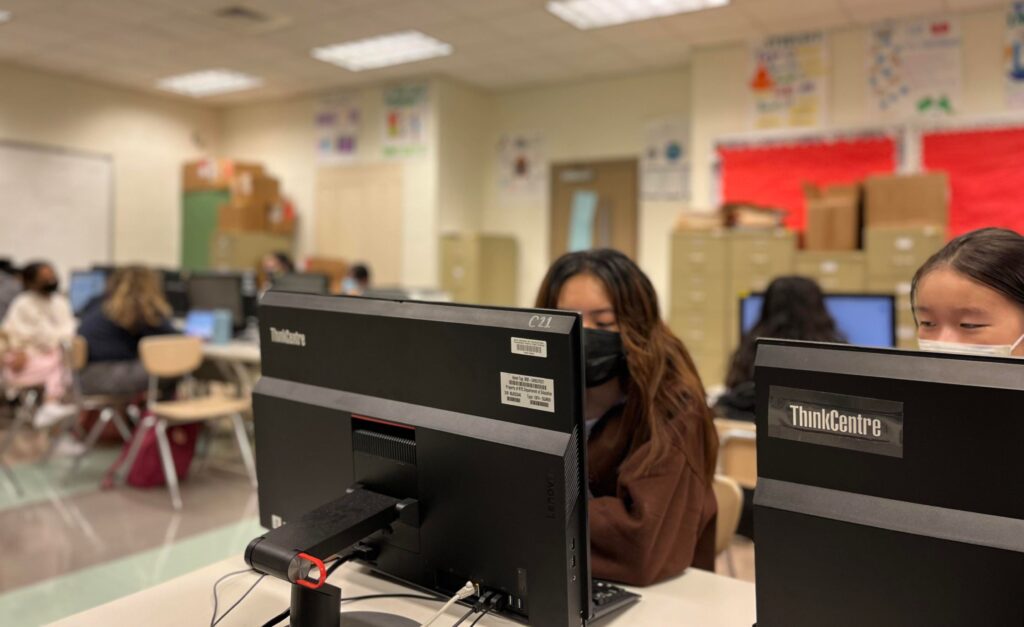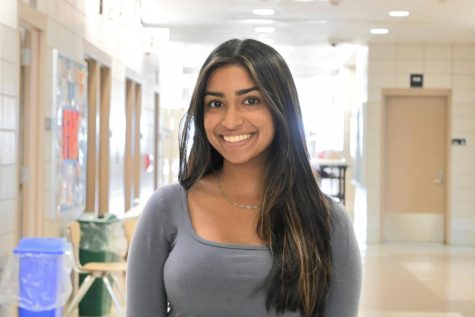
On October 13, the Townsend Harris administration distributed the MAP Growth Assessment to freshmen and sophomores to establish a benchmark of student proficiency in English and Math, as mandated by the NYC Department of Education. In the assessments, computerized questions increase or decrease in difficulty depending on each student’s performance. These exams will be distributed periodically throughout the school year, with the second taking place in January and the final assessment in May. Test scores will be released to students, parents, and teachers.
Since the exams were administered on the same day as the PSAT and SAT exams for juniors and seniors, Assistant Principal of Organization Ellen Fee said testing proved to be a logistical challenge: “It was very difficult to pull it all together and even the administration was really struggling on how to make it happen, so we were all working together.”
Initially, the administration planned the SAT/PSAT day to be asynchronous for 9th and 10th graders due to a lack of classroom space. However, because the DOE only allows asynchronous instruction to be conducted within the school, it meant that students would have to stay in the auditorium throughout the day. In accordance with these protocols and COVID safety regulations, as well as working around the testing time slots, the administration decided to administer the MAP assessments on the same day as the PSAT/SAT.
Administering the exams posed its own challenges for the school administration and teachers. Assistant Principal of Humanities Rafal Olechowski expressed, “I worked with [Ms. Fee] to make sense of how to administer it here because we really didn’t have any idea of how to do it. The prospect of giving an exam that has indefinite length seems to not really be rooted in practical terms… now we have to take out six days of instruction because of this…”
English teacher Ryan Dunbar said, “I actually only ended up seeing my sophomores one time this week, so it kind of forced us to shuffle things around.”
Mr. Olechowski said, “This is the first time we were told to do [the periodic growth assessments]. There is no history of [results] and I am actually curious to see [what the teachers will do with the results]. I was pleasantly surprised to see that the reading passages were challenging enough so it wasn’t something that was easy, necessarily.”
Similarly, Mr. Dunbar, who proctored the English assessment, said, “What I thought was pretty cool about the test is that it adjusted the questions based on how they were doing. So if they got a question right the next question was a little bit harder…I am definitely interested in seeing the results.”
Many teachers hope to use the results of the MAP assessments to target specific areas in need of student improvement. English teacher Christine Duffy added that she would use the evaluated strengths and weaknesses of each student to change instruction with the addition of targeted lessons.
Regarding the scheduling of the exams, interviewed students were generally appreciative of missing a day of regular classes. However, there were some scheduling inconveniences when entering the building to take the assessment.
“I appreciated the partial day off, but it was annoying because it was in the middle of the day for me. I actually came in a few minutes late and [the people in the same time slot] were still waiting [outside the building],” said sophomore Kayla Kha.
Due to the delays, students who weren’t able to finish the assessment during the time slot had to stay after school on October 15 to complete it.
When asked if they had studied for the assessment, many indicated they had not. “I didn’t know what I was supposed to be preparing for, so no. But at the same time, I feel like not enough information was given about the test. I wasn’t really sure about what was going on, like how many questions there were going to be,” said sophomore Hellen Oliveira.
Freshman Vincent Li added, “I was tempted to, but since the assessment was about assessing your growth, I just thought I should do it without studying to give the teachers [a chance to evaluate] where my skill was actually at.”
Through the results of these exams, the administration hopes to obtain information that can be used by teachers to gauge student performance and create individualized lesson plans going forward.
Photo by Erica Lee





























